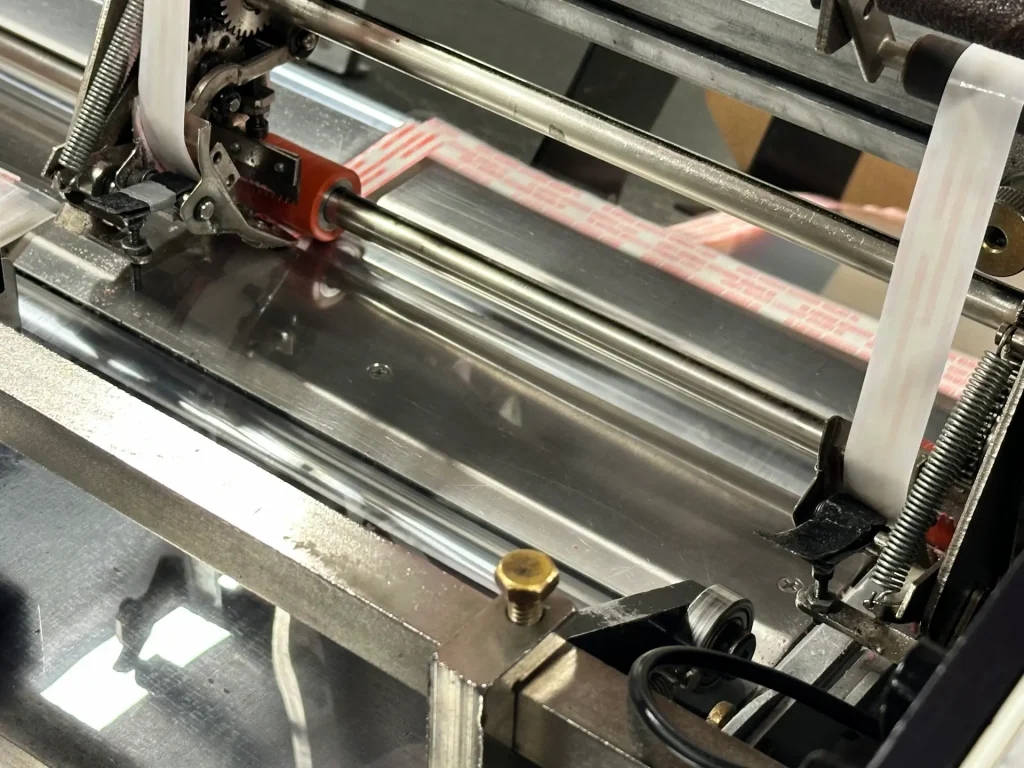
The marine industry can be difficult to serve for some die cutters, thanks to the combination of extremely tight tolerances required for parts and the corrosive environments where end products will be used. At Colvin-Friedman, we’ve developed expert practices to ensure that our partners get cut pieces that meet exacting specifications, no matter the material.
Or call Josh at (707) 769-4488
When working with a die cutting company, it’s important to ensure that someone, either you or your supplier, has the experience and expertise to follow each of the following steps to ensure that your custom plastic die cutting application comes out correctly, on budget and within schedule. They also happen to follow the steps that Colvin-Friedman takes with each of our clients to ensure that projects are successful within tight tolerances or timeframes:
Colvin-Friedman, unlike many other die-cutting companies in the United States, has been around since the advent of the Electronics Age. We’ve developed practices that enable us to maintain exacting tolerances and still provide excellent turnaround times for clients.
Every client that we work with can contact our vice president, Josh Rodman, via phone or email at any time to check in on the process of designing, cutting, and inventorying parts that they order. We strive to ensure that we become a trusted member of any production and inventory management system.
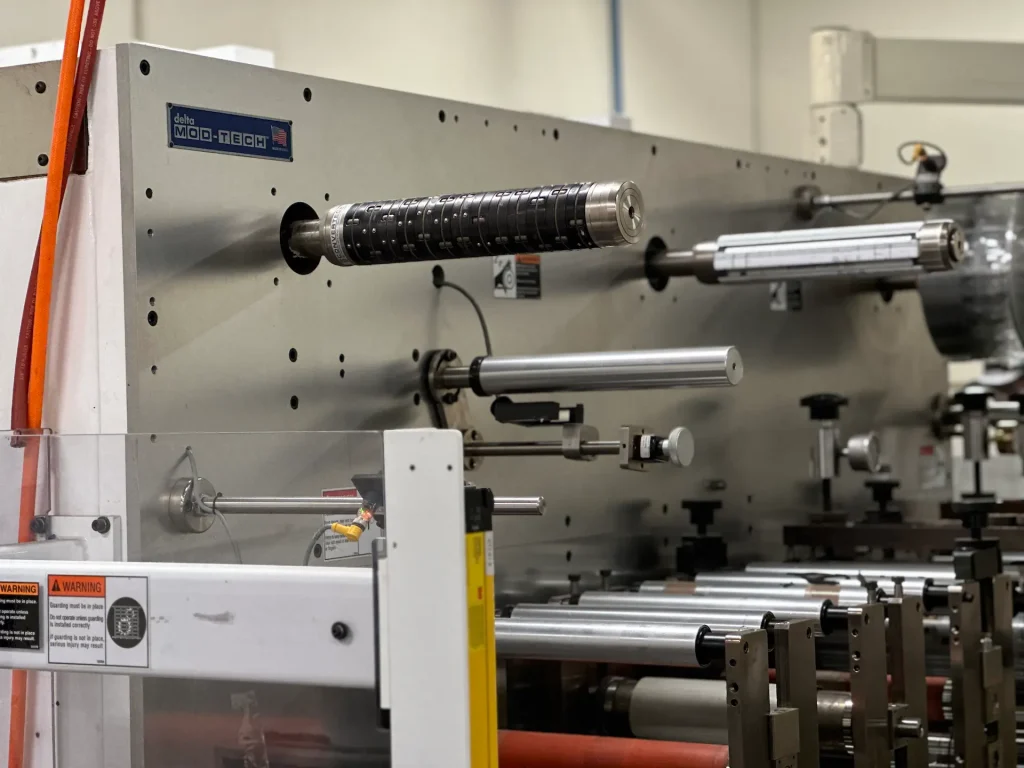
A number of marine materials are thick enough or strong enough that they cannot be processed through our high-speed rotary systems. We have numerous flat-bed options available for our partners that can handle saltwater-resistant plastic, tough-to-cut laminates, and more.
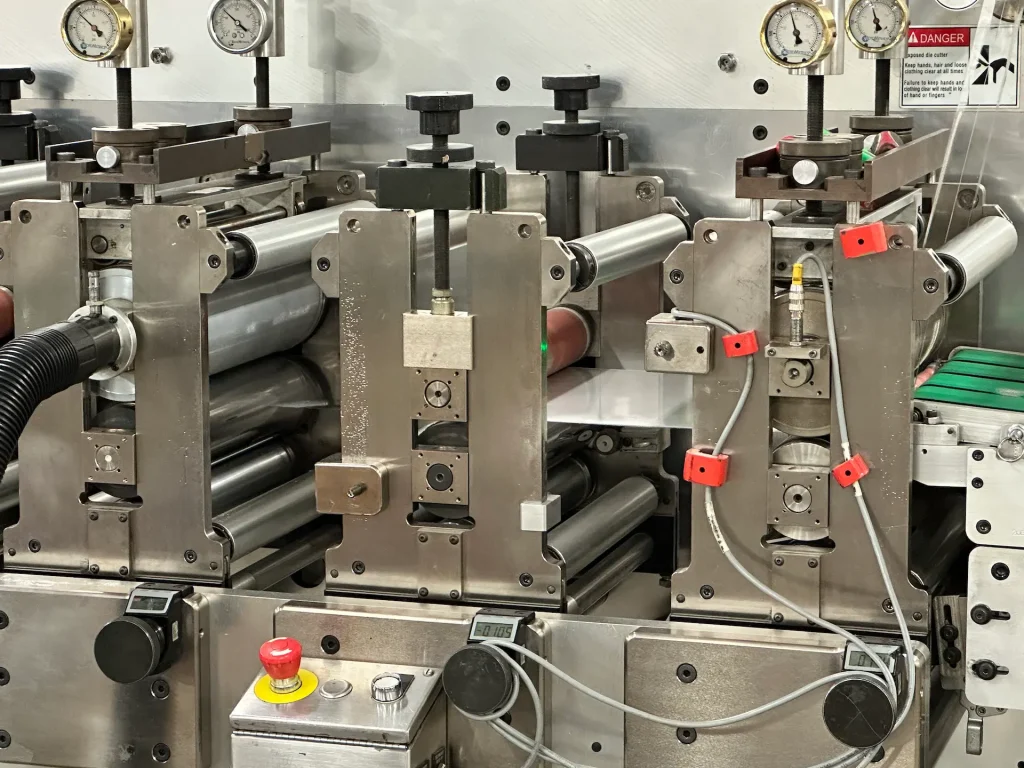
Or call Josh at (707) 769-4488
Since each of the materials used in creating marine products has differences in tensile and compressive strength, chemical and temperature resistance, and more, working with each one requires a different set of conditions. Below, we’ve listed what helps Colvin-Friedman maintain its standard of excellence and quality control. .
UV and saltwater resistance
Maintaining dimensional stability
Achieving clean, precise cuts
We use specialized UV-resistant and marine-grade plastics specified by our partners and implement rigorous testing procedures for all cut materials.
Along with ensuring temperature and humidity consistency during cutting, we have a number of stabilizing techniques for large panels.
With any type of marine plastic, it’s a necessity to use ultra-sharp dies and to continuously test speed and pressure to minimize burring.
Ensuring water-tight seals
Preventing material degradation
Achieving consistent thickness
We use precision-ground dies and perform spot-test inspections to ensure consistency.
We ensure that we use the marine-grade rubbers our clients prefer and use appropriate release agents during cutting.
We maintain strict control over cutting pressure for each batch and occasionally use specialized dies for marine elastomers.
Maintaining buoyancy properties
Ensuring water resistance
Achieving complex shapes
Depending on the material, we may use a multi-cut process to ensure that cells maintain integrity.
We implement sealing processes where necessary and when clients prefer them based on where the component is installed.
Multi-stage cutting processes for intricate designs are crucial to ensuring proper dimensions.
Preventing delamination
Managing dust and debris
Achieving precise cuts in hard materials
We use specialized cutting techniques for layered materials and maintain optimal cutting speed and pressure regardless of material strength.
We have implemented advanced dust collection systems to ensure the die-cut parts do not collect debris and use wet-cutting techniques when appropriate.
We use high-strength dies for very thick or hard composites.
Maintaining corrosion resistance
Managing intricate designs
Managing tool wear
We use appropriate cutting techniques to prevent edge corrosion and can implement post-cutting treatments depending on the metal.
We use specialized dies for more detailed designs and may use multiple cuts in a given process.
We increase the frequency of our die maintenance schedules and use hardened steel or carbide dies for longer life.
Of course, these are not the only concerns that any company has when choosing the right die-cutting company to help prepare their medical products. Other concerns are important to address before deciding on a vendor.
Or call Josh at (707) 769-4488
With 75 years of die-cutting experience, Colvin-Friedman has refined our process for setting up shop for marine product components into a step-by-step system that ensures quality and consistent results. Below are the steps we follow with each client:
01. Initial Consultation and Needs Assessment – We meet to discuss the application for the part, preferences for budget as well as environmental conditions and performance goals for the entire product. If there are any existing designs, we review them for production suitability.
02. Material Selection and Testing – In many cases, our clients already have a material or two in mind that they envision using to create the die-cut part. We are also happy to recommend appropriate options based on needs like corrosion resistance, buoyancy, and more.
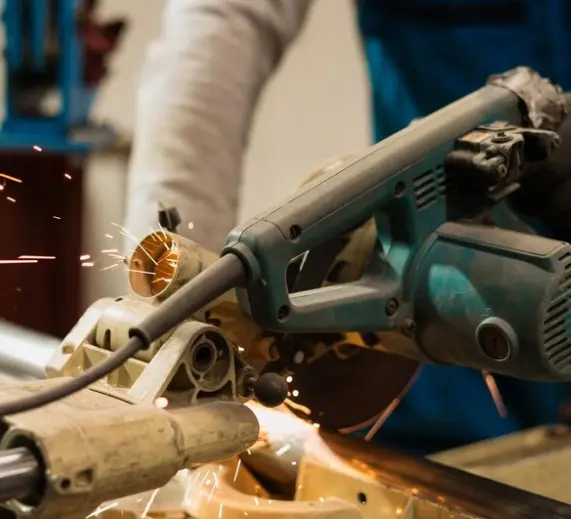
03. Design and Prototyping – Once the material is selected and the goals outlined, Colvin-Friedman designs the dies to be used for the cutting process in as short as three days depending on client needs and production timeframes.
04. Die Design and Process Planning – Once the part’s die is approved by the client, we’ll set up a cutting process using the best practices above specific to the material we plan on using.
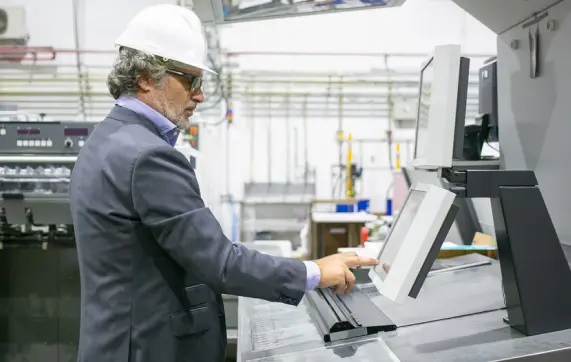
05. Production Planning – In many cases, Colvin-Friedman provides secondary operations like coating or assembly if needed for the part to be properly integrated into an inventory management system. This is also the point where we establish our quality control checkpoints for issues like cut depth and precision, die degradation, and other factors that could impede scaling operations.
06. Production and Quality Assurance – Based on the established goals for the performance of the part, we begin our production runs with a small sample to test each of the processes and ensure that the results meet client expectations. Once confirmed, we continue until the order is complete and ready to be shipped or processed in a secondary operation.

Below we’ve listed categories of material that we can die cut, with an emphasis on explaining the differences in methods: rotary die cutting can be used for very high-speed production, but the level of detail and thicknesses of material that can be processed is different than that of flatbed steel-rule die cutting.
Marine-Grade Plastics
Rubber and Elastomers
Foam and Insulation
Composite Materials
Corrosion-Resistant Metals
– Instrument panels
– Protective covers
– Navigation system components
– Gaskets
– Seals
– Vibration dampeners
– Buoyancy aids
– Thermal insulation
– Sound dampening materials
– Hull components
– Deck parts
– Structural reinforcements
– Thin metal gaskets
– Electrical shielding
– Decorative trim
1. Marine-grade ABS
2. UV-resistant polycarbonate
3. High-impact acrylic
1. EPDM rubber
2. Neoprene
3. Silicone sheets
1. Closed-cell polyethylene foam
2. Marine-grade polyurethane foam
3. Neoprene foam
1. Fiberglass sheets
2. Carbon fiber composites
3. Kevlar-reinforced materials
1. Marine-grade aluminum
2. Stainless steel sheets
3. Copper alloys
Rotary for thin sheets up to .015″; Flat press for thicker materials or intricate designs
Rotary for thin sheets up to .015″; Flat press for thicker materials and most marine applications
Rotary only for very thin foams up to .015″; Flat press for all thicker foams
Flat press for most applications
Flat press for most applications
We are also capable of working with far more material thicknesses with our flatbed die-cutting processes. Below are some of the expanded capabilities you might find with these production systems in use at Colvin-Friedman.
Marine-Grade Plastics
Rubber and Elastomers
Foam and Insulation
Composite Materials
Corrosion-Resistant Metals
Excellent
Excellent
Excellent
Very Good
Good
– Thick instrument panels up to 0.5″
– Durable hatch covers
– Complex navigation system housings
– Thick hull seals
– Heavy-duty gaskets for marine engines
– Robust weather stripping
– Thick buoyancy materials
– Multi-layer sound insulation panels
– Custom-shaped cushioning for marine seating
– Reinforced hull components
– High-strength deck parts
– Custom structural element
– Precision-cut metal gaskets
– Custom electrical shielding components
– Intricate decorative metal trim
Or call Josh at (707) 769-4488
There are countless options for die-cutting products that require care and precision, both in the United States and overseas. However, we have found that many clients keep coming back to Colvin-Friedman because we can answer the questions that they have better than other suppliers can. We have compiled the key factors in choosing a marine die-cutting provider and layered in Colvin Friedman data for review.
Experience
Capabilities
Materials
Quality Control
Turnaround Time
Capacity
Additional Services
Financial Stability
Years in Marine Manufacturing
Types of Die-Cutting Machines
Maximum Die Cutting Size
List of Marine-Grade Materials Handled
Inspection Methods Used
Average Prototype Turnaround
Annual Production Capacity
Marine Product Design Assistance
Assembly Services for Marine Products
Years in Business
75 years in complex die-cutting including automotive applications
Rotary, flatbed
16-inches rotary
See tables above
Vision systems, statistical controls, material composition tests, durability testing
4-6 days
2-3 weeks
Millions of parts
Can provide design assistance to maximize durability and die-cutting efficiency
Assembly service and inventory management system integration available
75+
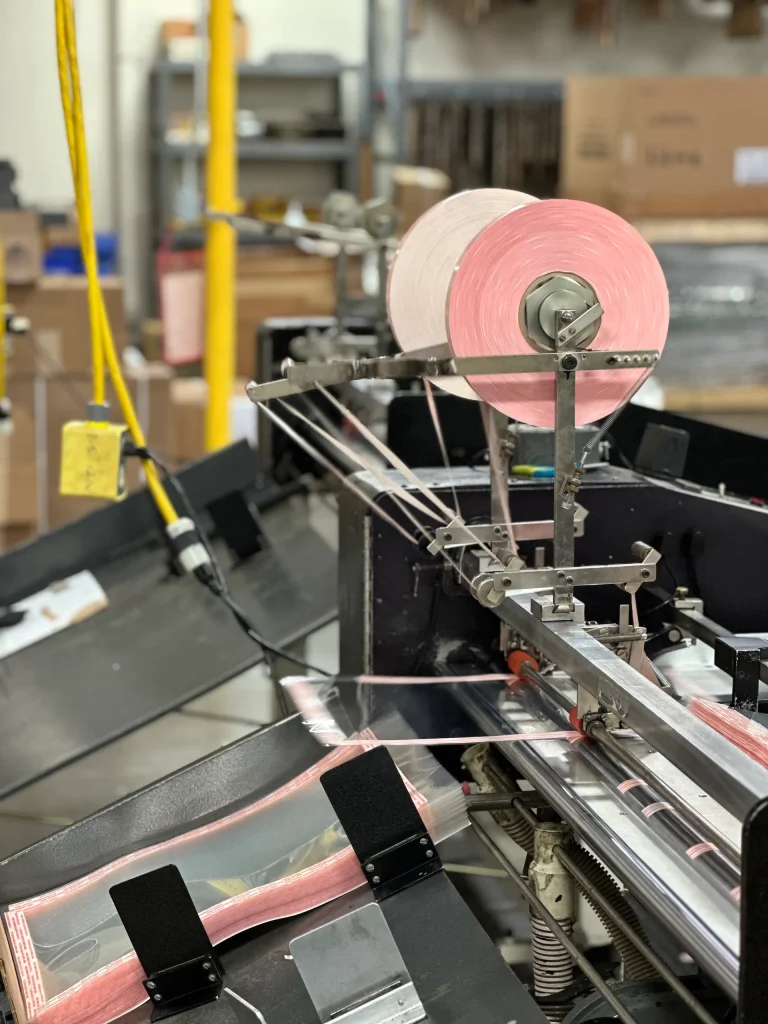
Whether it’s gaskets for watertight seals, buoyancy aids for life-saving equipment, or precision-cut panels for marine instrumentation, Colvin-Friedman has been proudly producing the parts that make up crucial pieces of marine equipment.
If you’re looking for a quote for your marine die-cutting needs, please don’t hesitate to fill out the short form for a tailored response. You can also call our Vice President Josh Rodman at 707-769-4488 for answers to any questions you might have.
Or call Josh at (707) 769-4488